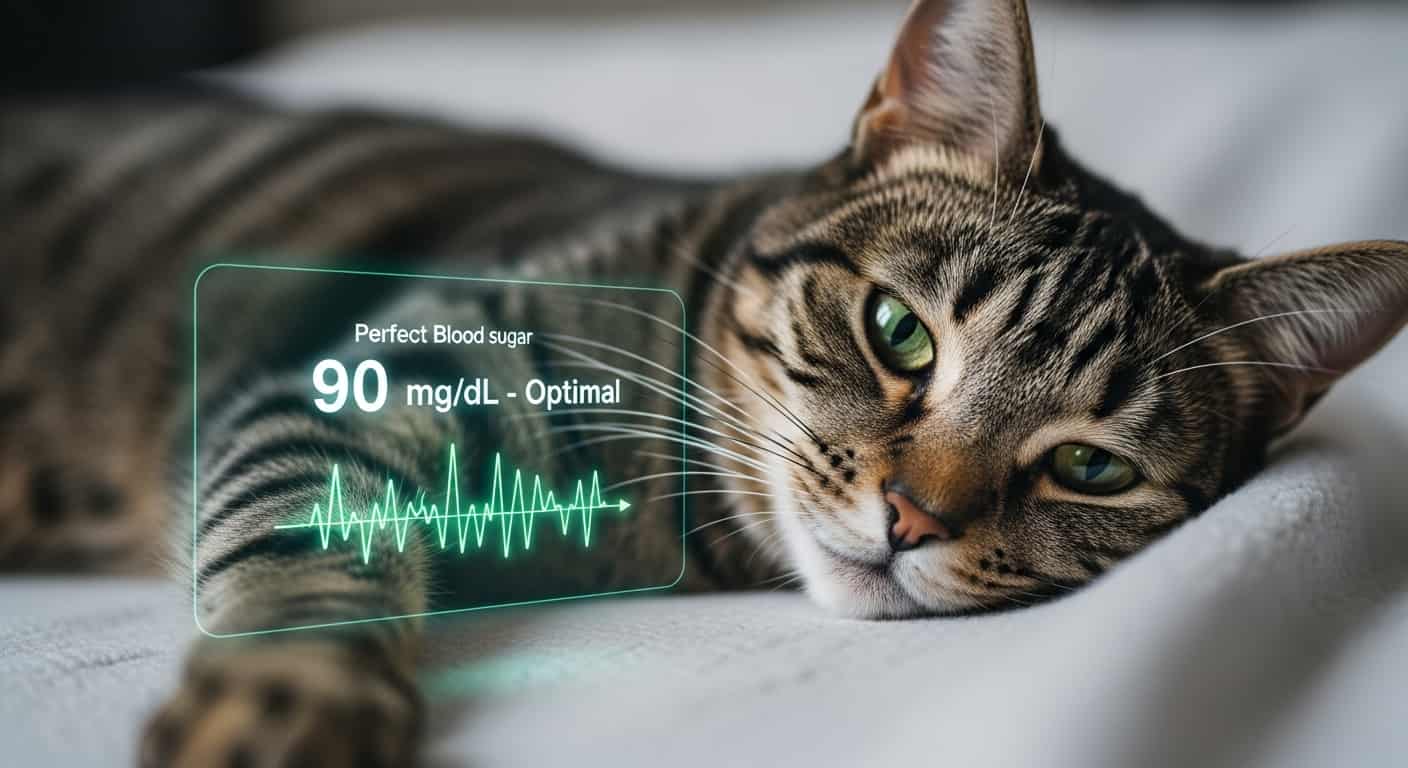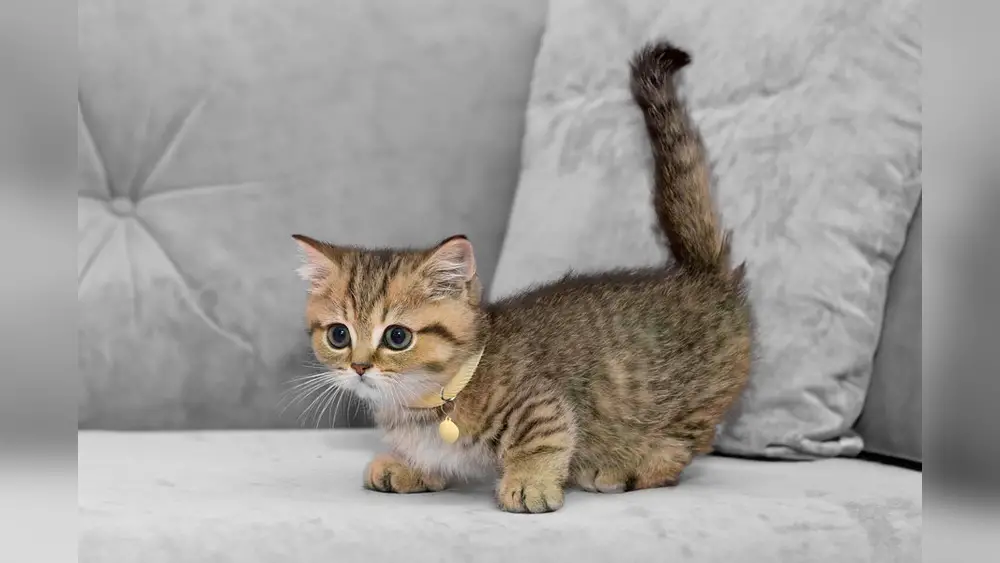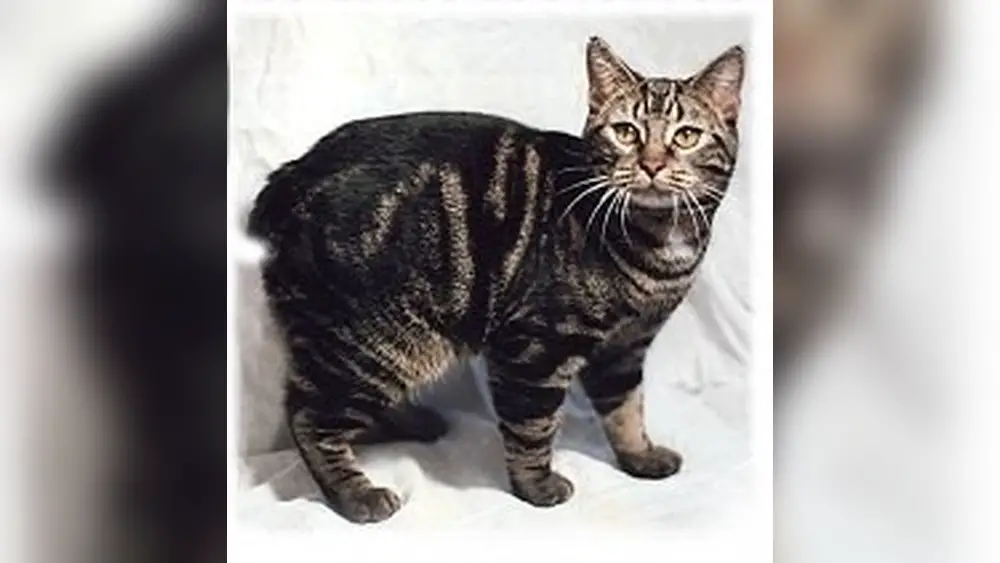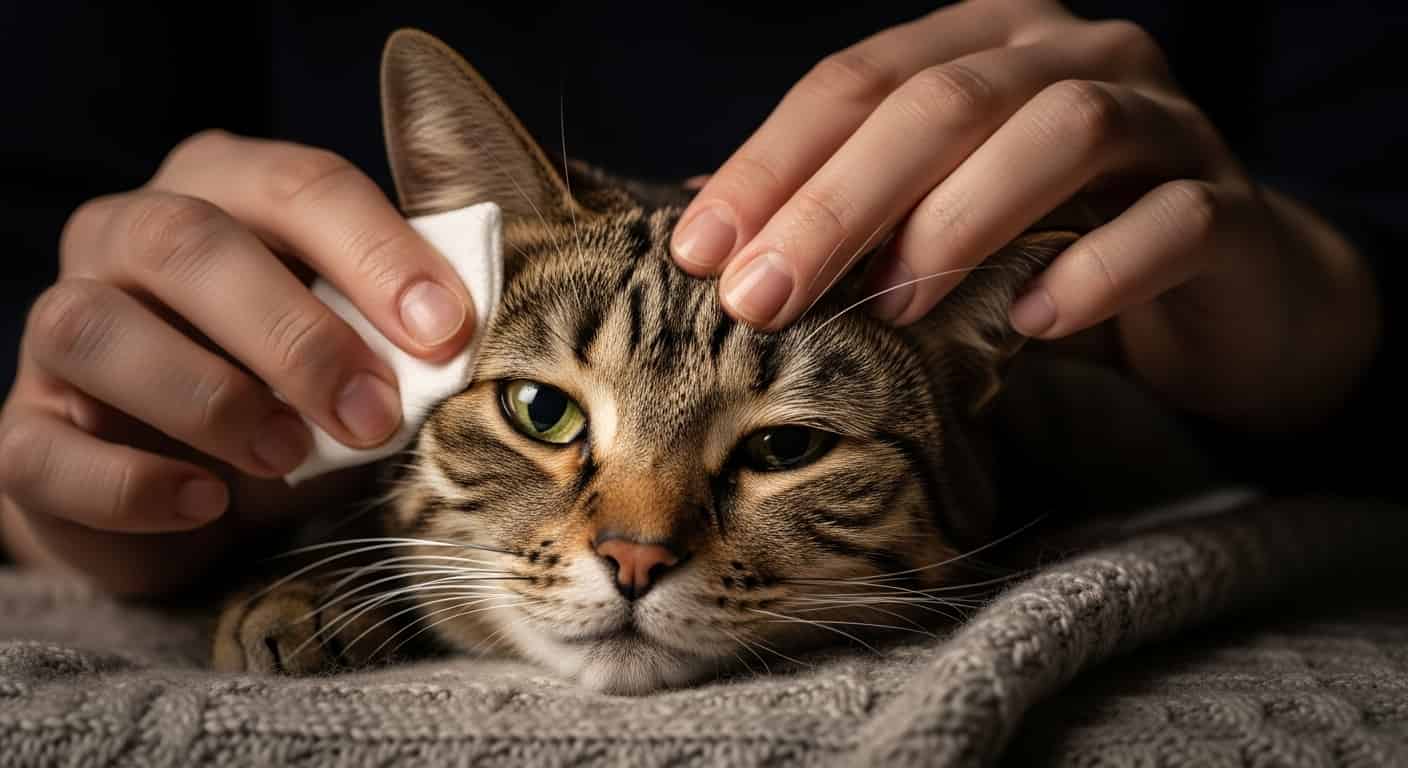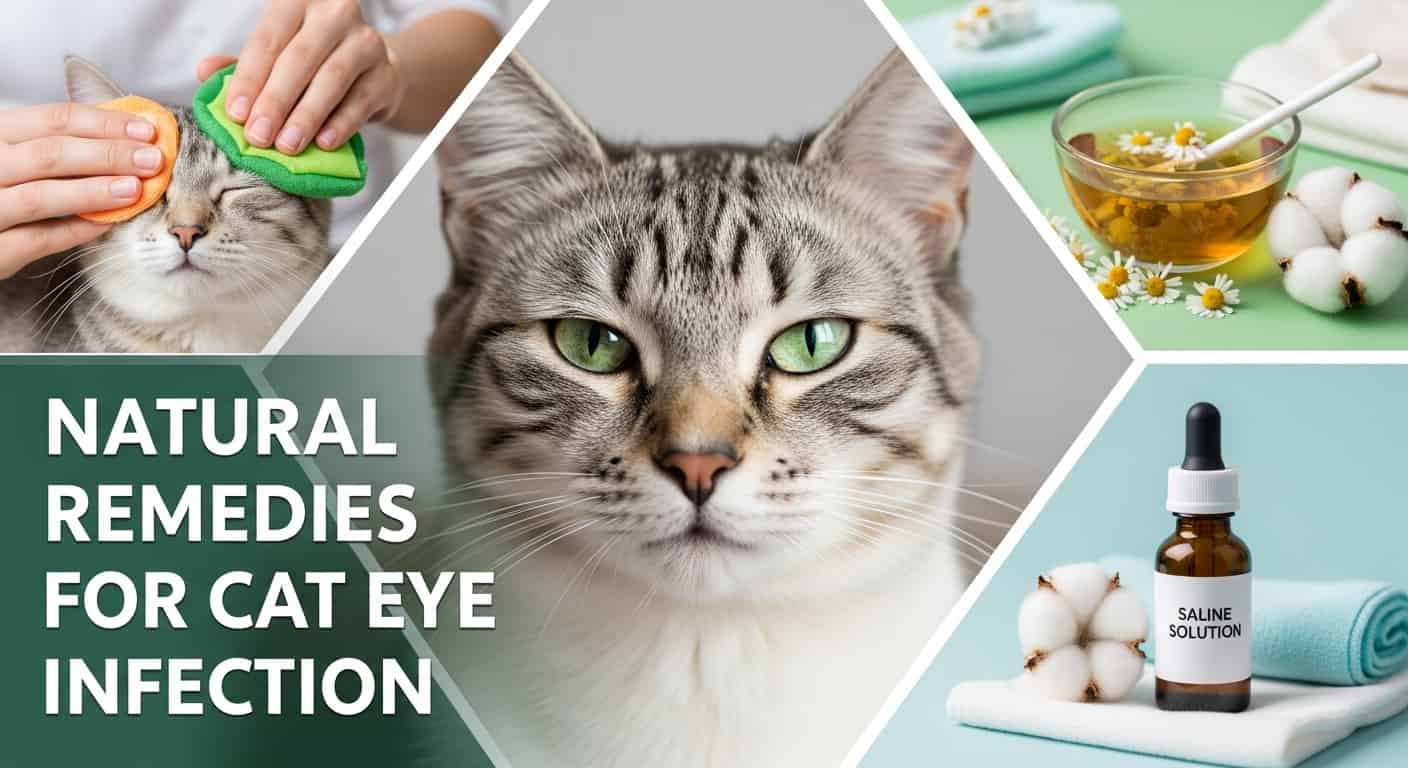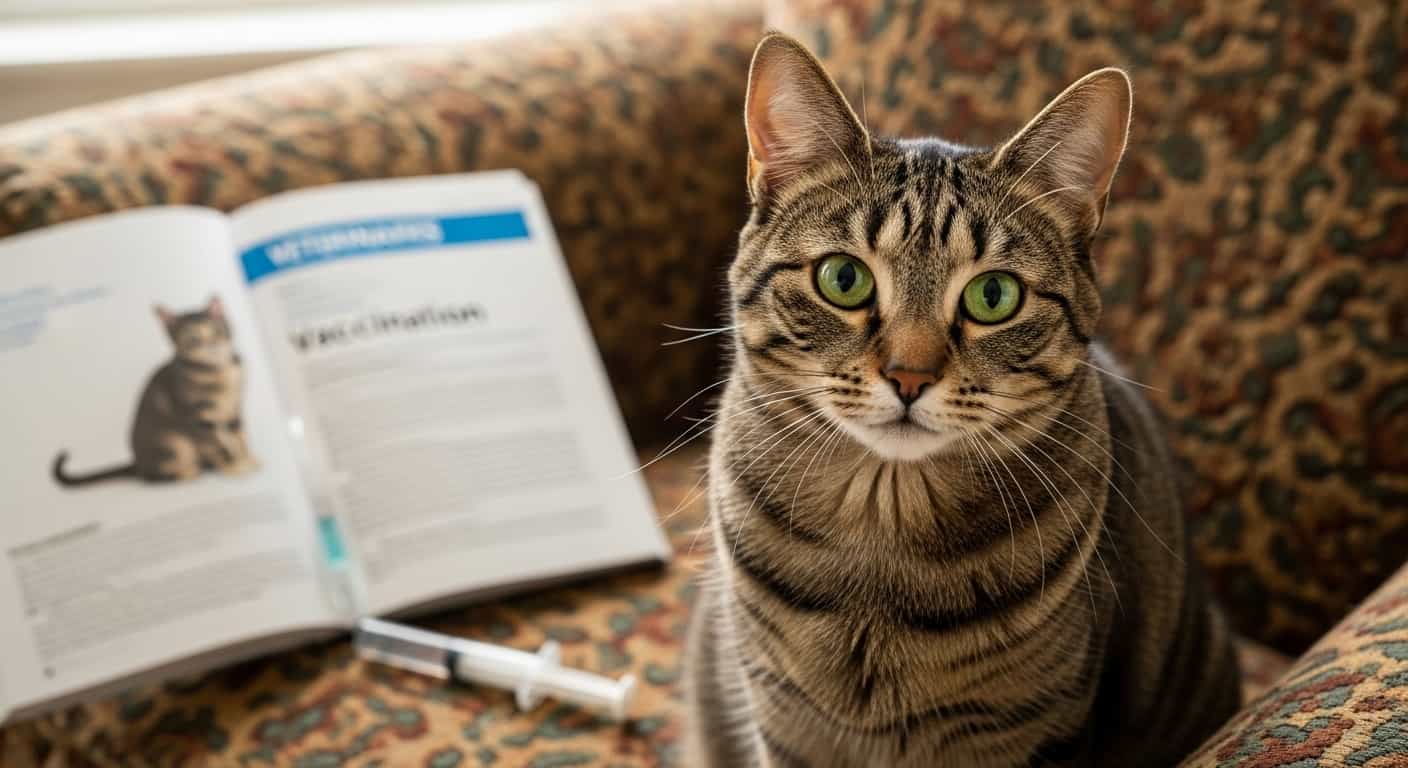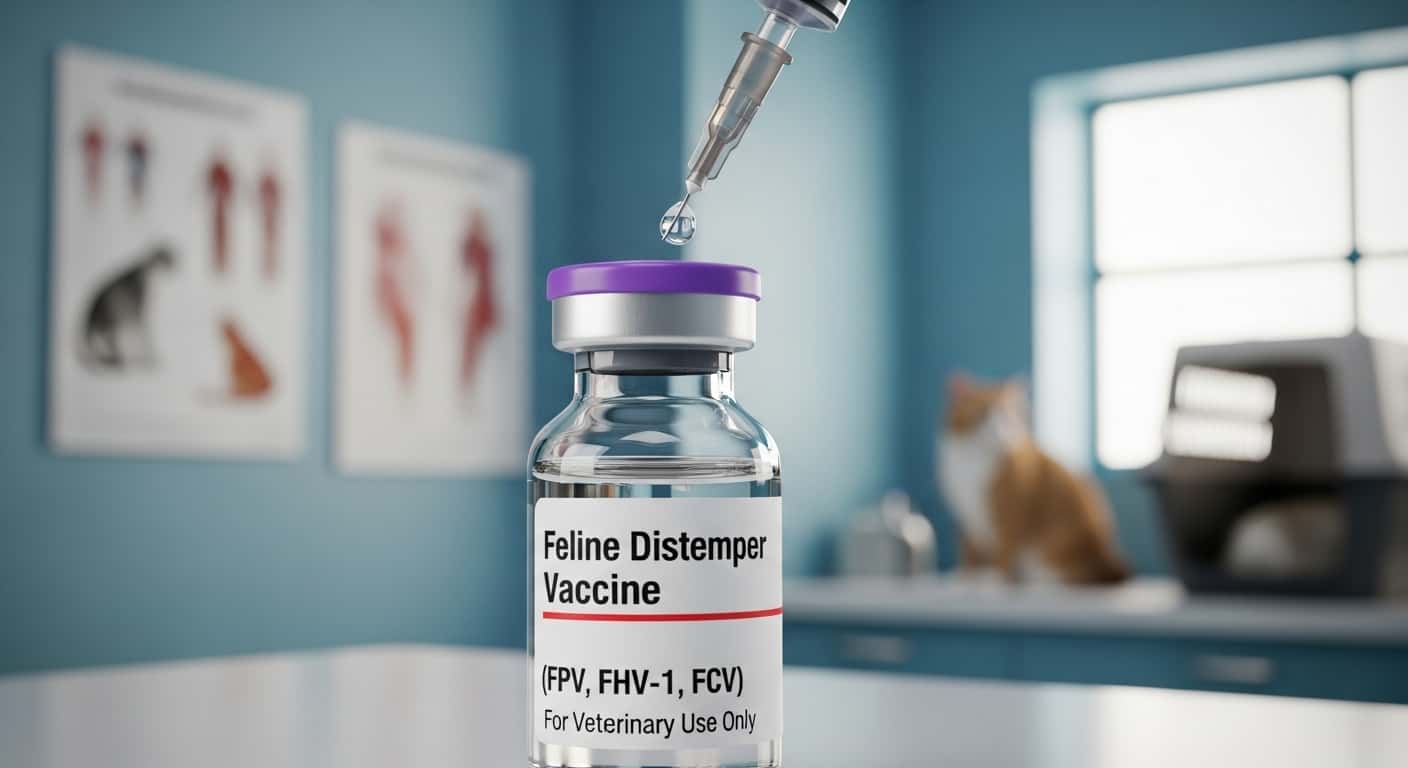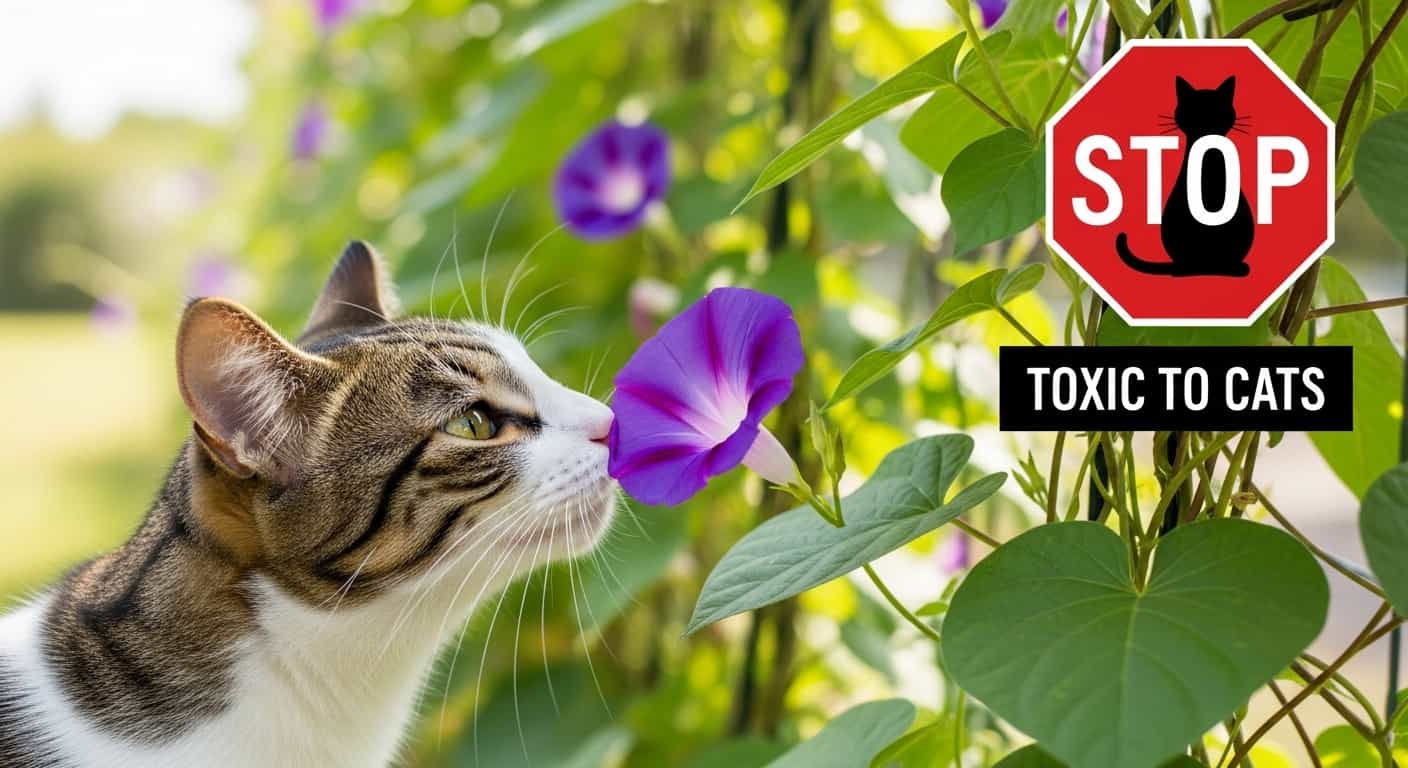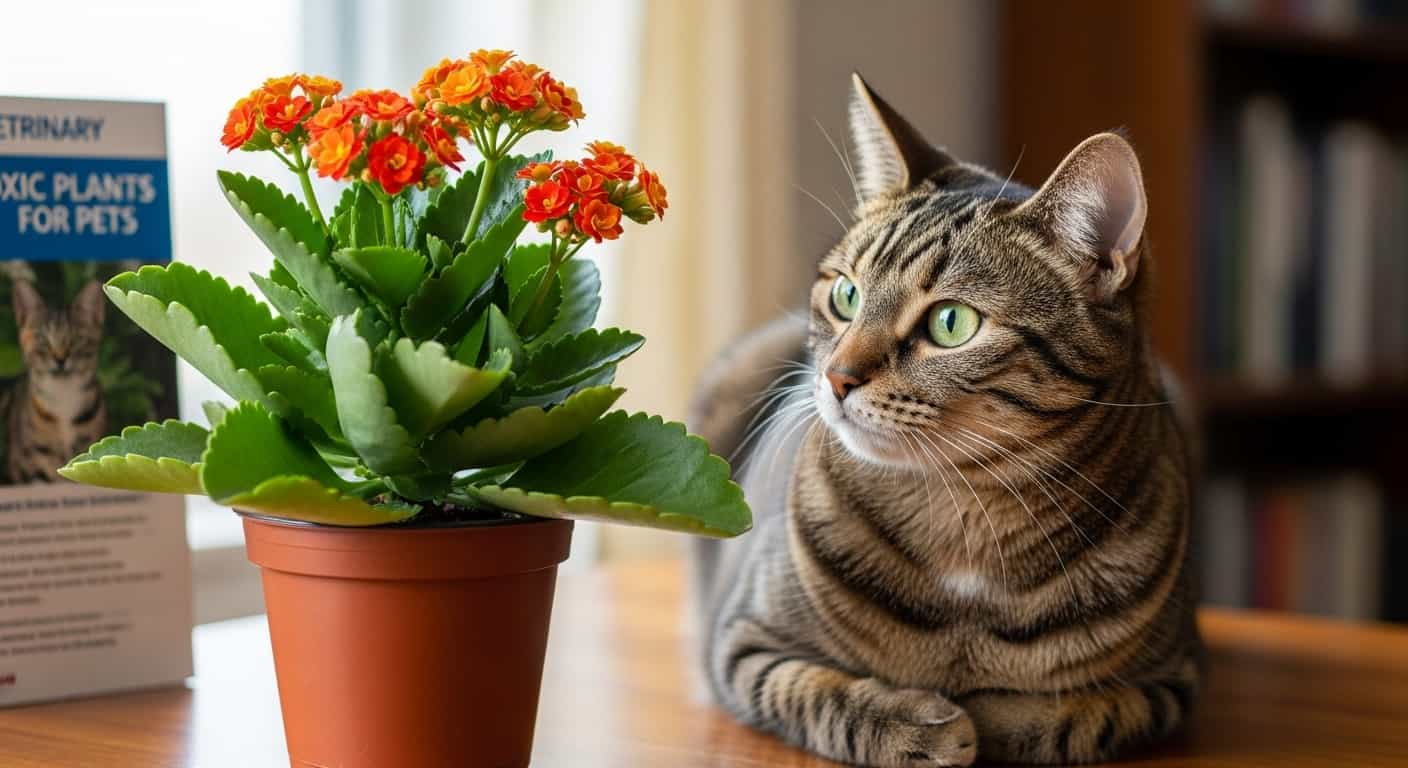If you have a cat, understanding their health is probably one of your top priorities. One key aspect you might not think about often is your cat’s blood sugar levels.
Table of Contents
ToggleJust like humans, cats need their blood sugar to stay within a normal range to stay healthy and happy. But what exactly are normal blood sugar levels for cats? And why does it matter so much for your furry friend?
You’ll discover simple facts that can help you keep your cat’s blood sugar in check, spot warning signs early, and ensure your pet lives a long, energetic life. Keep reading to learn how you can take better care of your cat’s health starting today.

Credit: journals.sagepub.com
Blood Sugar Basics In Cats
Understanding blood sugar basics in cats helps keep them healthy. Blood sugar affects a cat’s energy and overall well-being. Knowing how it works can help spot problems early.
Blood sugar levels should stay within a normal range. If they go too high or too low, cats can get sick. Let’s explore what blood sugar is and how cats control it.
What Is Blood Sugar?
Blood sugar means the amount of glucose in the blood. Glucose is a simple sugar and a key energy source. It comes from food, mainly carbohydrates. The body uses glucose for energy to work and move.
Too much glucose can harm organs over time. Too little glucose makes a cat weak and tired. Keeping blood sugar stable is very important for good health.
How Cats Regulate Glucose
Cats regulate glucose using a hormone called insulin. Insulin helps move glucose from blood into cells. Cells then use glucose to make energy.
The pancreas makes insulin and releases it as needed. After eating, insulin levels rise to manage the glucose spike. When not eating, insulin levels drop to keep glucose steady.
If insulin doesn’t work well, glucose builds up in the blood. This can lead to diabetes, a common problem in cats. Understanding this process helps owners care for their cats better.

Credit: www.amazon.com
Here's a related post that you might find useful. Why Do Single Women Have More Cats? Psychology Revealed
Normal Blood Sugar Range
Understanding the normal blood sugar range is essential for cat owners. Blood sugar, or glucose, fuels a cat’s body and brain. Keeping blood sugar in a healthy range helps prevent diseases like diabetes. Blood sugar levels can vary but usually stay within a certain limit in healthy cats.
Average Levels In Healthy Cats
Healthy cats usually have blood sugar between 70 and 150 mg/dL. Levels may change slightly after eating or during exercise. Vets check these numbers to see if a cat’s body handles sugar well. Regular testing helps catch problems early, before serious symptoms appear.
Factors Influencing Blood Sugar
Several things affect a cat’s blood sugar level. Food intake changes sugar levels quickly. Stress can also raise blood sugar. Illness or pain may cause changes too. Age and activity level play a role. Understanding these helps owners manage their cat’s health better.
Symptoms Of Abnormal Blood Sugar
Abnormal blood sugar levels in cats can cause serious health problems. Recognizing symptoms early helps protect your cat’s health. Both high and low blood sugar have clear signs. Watch closely for changes in behavior or physical condition.
Signs Of High Blood Sugar
High blood sugar, or hyperglycemia, often shows in several ways. Your cat may drink more water than usual. Increased urination is common too. Weight loss happens even if your cat eats well. Weakness or tiredness can appear without reason. You might notice your cat’s breath smells sweet or fruity. Poor coat condition and slow healing wounds are also signs. Keep an eye out for vomiting or increased appetite.
Signs Of Low Blood Sugar
Low blood sugar, or hypoglycemia, can be dangerous. Your cat may seem weak or shaky. Sudden confusion or odd behavior can occur. Trembling or shaking is a clear sign. Your cat might lose balance or have seizures. Look for excessive hunger or irritability. Cold or pale gums may also appear. Immediate care is needed if these signs show.
Here's a related post that you might find useful. Why Women With Cats are More Attractive: Surprising Science Revealed
Causes Of Blood Sugar Imbalances
Blood sugar imbalances in cats can cause serious health problems. These imbalances happen when the body cannot keep blood sugar levels steady. Various factors can lead to these changes. Understanding the causes helps pet owners care better for their cats.
Diabetes Mellitus In Cats
Diabetes mellitus is a common cause of blood sugar problems. It occurs when the body cannot produce enough insulin. Insulin helps sugar enter the cells for energy. Without enough insulin, sugar builds up in the blood. This condition makes cats thirsty, hungry, and tired. It needs medical care and proper diet to manage.
Other Medical Conditions
Other illnesses can also affect blood sugar levels. Pancreatitis, an inflammation of the pancreas, can reduce insulin production. Hyperthyroidism speeds up metabolism, which may cause sugar imbalances. Stress and infections can raise blood sugar temporarily. Certain medications might also interfere with sugar control. Regular vet check-ups help spot these problems early.
Monitoring Blood Sugar At Home
Monitoring blood sugar at home helps manage your cat’s diabetes. It keeps your cat safe and healthy. Regular checks show how well treatment works. You learn your cat’s normal blood sugar range. This helps catch problems early.
Techniques For Testing
Use a small blood sample from your cat’s ear or paw. A special glucose meter measures the sugar level. Clean the test area with alcohol first. Gently prick the ear or paw with a tiny needle. Place the blood drop on the test strip. Insert the strip into the meter. Wait a few seconds for the result.
Practice makes testing easier and less stressful. Keep calm and be gentle with your cat. Test at the same time daily for consistent results.
Interpreting Results
Normal blood sugar for cats is usually between 70 and 150 mg/dL. Levels above or below this range need attention. High sugar may cause thirst and weight loss. Low sugar can cause weakness or shaking.
Write down each result and note the time. Share these records with your vet. They help adjust your cat’s treatment plan. Do not change medication without vet advice.
Diet And Blood Sugar Control
Diet plays a big role in controlling blood sugar levels in cats. A balanced diet helps keep glucose stable. This can prevent spikes or drops that harm your cat’s health.
Choosing the right foods and feeding at regular times supports steady blood sugar. Let’s explore the best foods and feeding tips for cats with normal blood sugar levels.
Best Foods For Stable Glucose
High-protein, low-carbohydrate foods are best for cats. Protein helps keep blood sugar steady. Avoid foods with many sugars or starches.
Wet canned food often has fewer carbs than dry kibble. It also keeps cats hydrated. Look for foods with real meat as the first ingredient.
Fiber can slow sugar absorption. Some cat foods include added fiber for this reason. Always check the label for carb and sugar content.
Feeding Schedule Tips
Feed your cat at the same times every day. Regular meals help keep blood sugar levels even. Avoid free-feeding, which may cause blood sugar to rise and fall.
Smaller, frequent meals are better than one or two large meals. This reduces blood sugar spikes. Consistency in feeding times helps your cat’s body regulate glucose.
Consult your vet for the best feeding plan. They can tailor advice to your cat’s needs.
Treatment Options For Abnormal Levels
Abnormal blood sugar levels in cats need careful treatment to avoid serious health issues. Managing these levels helps keep your cat active and happy. Treatment combines medicine and lifestyle changes. Each cat may need a different approach based on its condition.
Medication And Insulin Therapy
Medication is often necessary to control high blood sugar. Insulin therapy is common for diabetic cats. Insulin helps lower sugar levels in the blood. Vets teach owners how to give insulin shots safely. Regular monitoring of blood sugar is important during treatment. Sometimes oral medications may be used, but insulin remains the main treatment.
Lifestyle Adjustments
Diet changes play a big role in controlling blood sugar. Feeding a low-carbohydrate, high-protein diet helps stabilize levels. Consistent meal times support better sugar control. Regular exercise keeps your cat healthy and aids blood sugar control. Weight management reduces the risk of complications. Stress reduction also benefits cats with blood sugar problems.
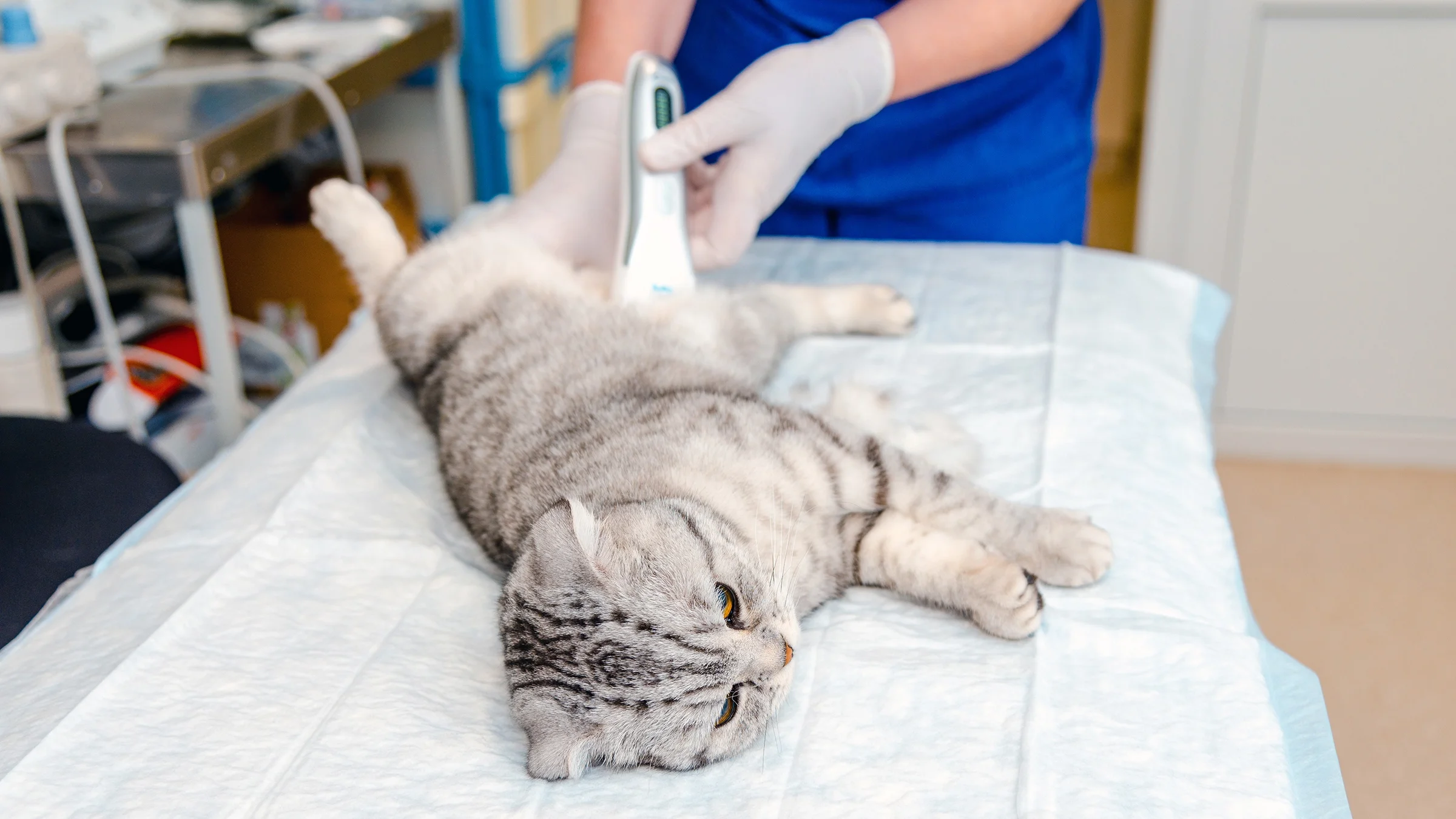
Credit: www.goodrx.com
Preventing Blood Sugar Issues
Preventing blood sugar problems in cats helps keep them healthy and active. Managing blood sugar early can stop serious health issues. Simple daily care and attention make a big difference. Understanding key steps supports your cat’s well-being over time.
Regular Vet Check-ups
Vet visits check your cat’s blood sugar levels. Early signs of issues appear during exams. Vets can suggest diet or medicine changes. Regular check-ups catch problems before they get worse. Keep a schedule for these important visits.
Maintaining Healthy Weight
Weight control helps regulate blood sugar naturally. Overweight cats face higher risk of diabetes. Feeding balanced meals supports healthy weight. Encourage play and exercise every day. Healthy weight keeps blood sugar steady and stable.
Frequently Asked Questions
What Are Normal Blood Sugar Levels For Cats?
Normal blood sugar levels in cats range between 70-150 mg/dL. Levels within this range indicate healthy glucose metabolism and proper insulin function.
How Often Should A Cat’s Blood Sugar Be Tested?
Cats with diabetes should have blood sugar tested every 3-6 months. Regular testing helps monitor health and adjust treatments if needed.
What Causes Abnormal Blood Sugar Levels In Cats?
Abnormal levels often result from diabetes, stress, or pancreatitis. These conditions disrupt glucose regulation and require veterinary care for management.
Can Diet Affect A Cat’s Blood Sugar Levels?
Yes, diet impacts blood sugar levels significantly. Feeding low-carb, high-protein diets helps maintain stable glucose and prevent spikes.
Conclusion
Knowing normal blood sugar levels helps keep your cat healthy. Regular checks can catch problems early. Balanced sugar means your cat feels good and active. Talk to your vet if levels seem off. Simple care and attention make a big difference.
Healthy cats live happier, longer lives. Keep learning about your pet’s needs every day. Small steps protect your furry friend’s well-being. Stay aware and act quickly for best results. Your cat depends on you for good health.

